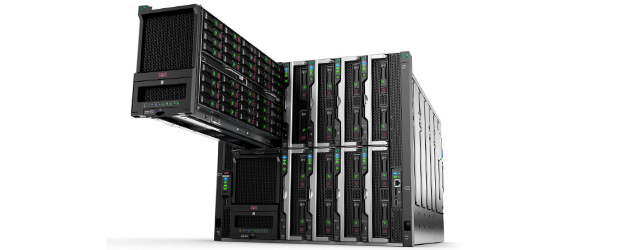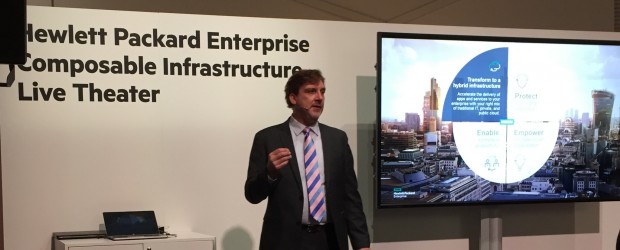Another year, another Discover London.
While the event is not new, it’s the first time that Hewlett Packard Enterprise (HPE) has struck it out as an independent company. Here is a roundup of major announcements from the new unit.
Hybrid Infrastructure
Executives from HPE were throwing around a lot of “first of its kind platform” and “the only truly all-in-one solution” when they announced their new hybrid infrastructure at the Discover.
The introduction of HPE Synergy, the company says, finally solves a crucial pain point for organizations that want to run both traditional and cloud-native applications. It’s basically an application play, but the devil is in the details.
IoT
The company also announced a new IoT and Aruba solutions aimed at IoT efficiency in data collection and analysis and beacon management.
First, Edgeline IoT Systems, is a new product line from HPE and Intel. Two devices, Systems 10 and 20 are are designed to be gateways at the network edge. Both are Microsoft Azure IoT Suite certified and run Windows 10 IoT for industrial, logistics, transportation, healthcare, government and retail applications.
The second, called the IoT Aruba Sensor, it combines a small Wi-Fi client and BLE radio, it allows users to remotely manage Aruba Beacons across wi-fi networks using Meridian cloud.
Partnership with Microsoft
In big-name partnerships, HPE and Microsoft announced deeper ties in infrastructure and services.
Now, Azure is a preferred public cloud partner for HPE while HPE will be the preferred partner in providing infrastructure and services for Microsoft’s hybrid cloud offerings.
Hyper-Converged
Among the first solutions to emerge from this partnership is the Hyper Converged 250 for Microsoft Cloud Platform System (CPS) Standard. It’s meant to help businesses manage what is delivered on-premise, such as business applications, versus what is on the public cloud, such as backup and disaster recovery, using Microsoft Azure.
Managed Services
A new managed service called the Helion Managed Cloud Broker is coming in 2016, and is designed to help businesses control shadow IT and cloud.
It’s designed to allow orchestration of traditional IT, private and public clouds, as well as provisioning, access, consolidation, and gives security control across multiple cloud workloads and providers.





